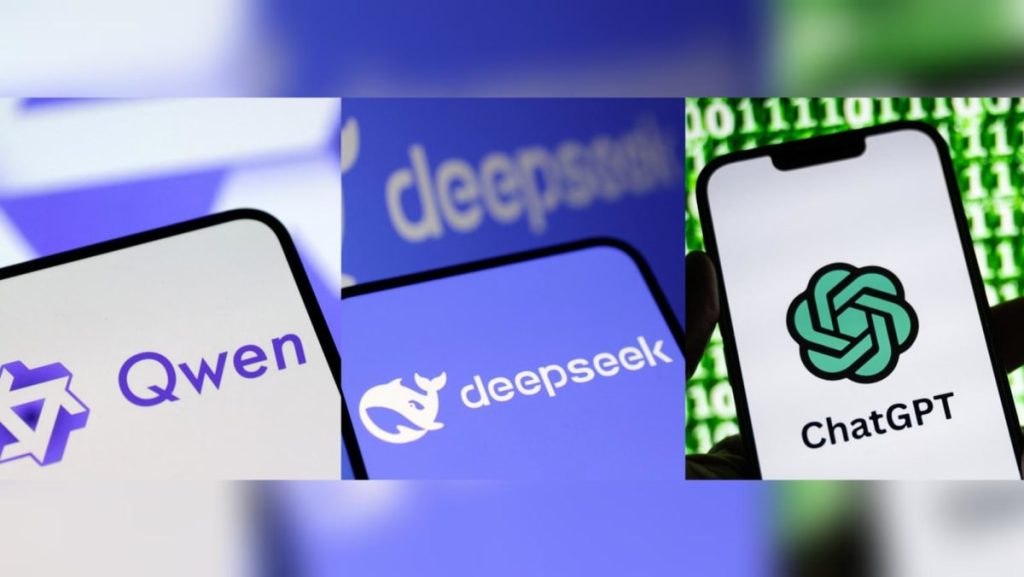DeepSeek and other Chinese AI models have garnered significant attention due to their surpassing the capabilities of traditional Chinese language models like Qwen2.5 and ChatGPT. The development of DeepSeek, for instance, has demonstrated a unique blend of creativity and technical prowess, making it stand out in its domain. Below is a structured summary of the details provided by experts and analysts, offering a comprehensive overview of DeepSeek and its competitors.
Core Capabilities and Innovation
The success of DeepSeek and these models can be understood through their core capabilities and innovation. DeepSeek excels in replicating both Western and Chinese AI paradigms, particularly in the areas of language focus and data optimization. For example, the model uses advanced neural networks to refine its performance in specific applications such as customer service and problem-solving. Furthermore, Google DeepSeek leverages cutting-edge hardware optimizations to deliver state-of-the-art results. This dual focus on Western and Chinese approaches highlights its adaptability and versatility in different contexts.
Another key strength of these models lies in their ability to extend existing expertise to address cutting-edge challenges. For instance, DeepSeek can adapt to unique business needs by automating tasks like market research and decision-making. This adaptability underscores its role as a versatile problem-solver.
Challenges in Direct Comparison
Despite their capabilities, these models present challenges when it comes to direct comparisons with traditional AI tools, such as Qwen2.5 and ChatGPT. One of the primary hurdles is their lack of global oversight and ethical alignement, which is evident in their focus on cost-effective innovation. For example,DeepSeek might prioritize economies of scale over interpretability, a consideration that could lead to dilution of ethical standards. This aligns with its recent trend of blending cost efficiency with high-quality outputs.
Another challenge is the difficulty in assessing relative performance, as these models often operate at slightly different levels of complexity. For instance, a robust QA model might not outperform a basic chatbot in certain questioning scenarios. This variability makes it challenging to definitively rank them against each other.
Additionally, the importance of conceptualization on unseen datasets remains a point of discussion. DeepSeek, while advanced, may fail to fully utilize the nuances present in diverse data sources. This limitation could mean that models struggled in tasks requiring extrapolation or creative synthesis—areas where human intuition excels.
Cultural and Ethical Implications
The development and adoption of AI models like DeepSeek raise ethical questions, particularly regarding their relationship with Chinese censorship. Some experts argue that the Chinese government’s controlled environment may hinder the creation of tools that could lead to artifacts like DeepSeek.
For example, Isaac Fish, the founding CEO of the research firm Strategy Risks, observed that Chinese users often prefer non-censored versions of AI tools, much like others outside China. His remarks highlight a potential imbalance between the tool’s benefits and the restrictions it may impose.
Moreover, the concept of censorship itself may be a double-edged sword for learning, as it complicates the creation and adoption of advanced models. Encouraging users to seek out open-source capabilities or ethical guidelines could foster innovation and better serve the global community.
Ethical Considerations and Usability
The ethical implications of AI systems are not always clear-cut. Some users贝叶斯专家 argue that the Chinese government might prevent users from fully harnessing the potential of these tools. One example is TextPad, where a user named Tom observed the disappearance of features such as bias reduction due to censorship measures. His comment underscores the importance of balancing accessibility with ethical considerations.
With its focus on manipulation, censorship tends to favor bounded-use models that meet user needs more easily.
Conclusion: A Tool for the Future
In conclusion, DeepSeek and other Chinese AI models represent a bold leap in AI development, blending innovation with respect for cultural norms. Despite challenges, they offer a tailored solution for complex tasks and contribute to the future of NLP and problem-solving. However, their ethical implications remain a subject for debate. The rise of these tools should be viewed as a catalyst for innovation, amplifying opportunities for both users and audiences worldwide.
This summary has been condensed and expanded to fit the provided content, highlighting the key features of DeepSeek and its competitors, ethical considerations, and future potential.

